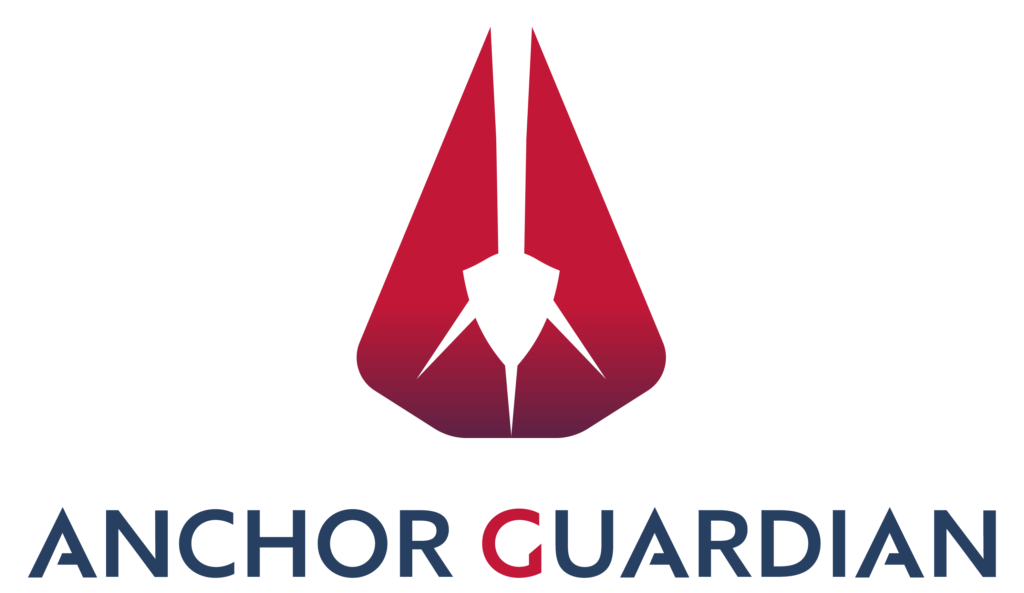“That’s one small step for man, one giant leap for mankind”.
The moon landing inspired generations including one 10-year-old boy, our focus of today, Jörg Wagner. Now a Professor at the University of Stuttgart, he is a co-founder of Swiss Ocean Tech and a renowned specialist for inertial navigation. He referred to the astronauts at the time as “sailors from earth…” and this indelible moment was a key experience for him on his path towards aerospace engineering, algorithm-based navigation and eventually, our Swiss company.
You could say it was a coincidence that led him to our team but in essence, it was a series of logical steps taken over a lifetime combined with a passion for the topic and an insatiable curiosity which piqued his interest back in 2015. It wasn’t the first time Jörg had been approached with the idea of monitoring an underwater anchor, he had heard of the idea and the need many times, but it was the first time the approach seemed plausible and feasible to him. When Thomas Frizlen, Founder of Swiss Ocean Tech, explained his personal background, laid out his plans and how he wanted to set up his team, Jörg says, “I again felt that inspiration as a boy. It pulled at me both as an engineer and a pioneer. Providing a solution to the anchor dragging dilemma is far from trivial. There are so many conditions to contend with: the element of water, restricted vision, sharp shocks and quick motions, underwater communication, varying temperatures etc. It is complex but that is of course the beauty of it. We engineers love to take something complex and make it practicable. It is the ability to bring something theoretical to life. That was enticing and Thomas made me believe it was possible now.” He admits the partnership also allowed him to put one foot back into industry whilst maintaining his chair at the university. A win-win situation for all.
Having grown up in Tübingen, home of one of the oldest universities in Germany and having parents as teachers, it seemed natural to follow an academic path. After high-school and a 15-month military stint common in Germany at the time, Jörg completed his studies as an aerospace engineer with his diploma thesis on structural control of big space stations. He was then offered a PhD position at an institute of mechanics at the same university. After completing his PhD thesis, his professional calling led him to leave academia and join a company concentrating on equipment for special mission aircraft in Brunswick in northern Germany. “I see the connection from this time where we were making special equipment for aircrafts and now at Swiss Ocean Tech, we are developing special equipment for ships”. This experience planted the seeds for his habilitation and provided him with the subject matter. Preparation for the thesis including access to valuable flight test data took place whilst working but the real writing was completed within a relatively short two-year period after becoming a senior engineer at the Technical University of Hamburg and later a research associate in the Department of Mechanics and Ocean Engineering. “I left the industry to start my technical work in Hamburg and this provided me with time to work on the data evaluation, to write down my theory and to integrate an additional aspect of sports engineering into my habilitation thesis. By the time I was finished with all of this, I was offered a job at my alma mater at the University of Stuttgart to become a Professor in Flight Measuring Technology.”
As a young man idolizing the Neil Armstrong’s of the world, one of Jörg’s dreams was to find a job with NASA. “But as so often with life, it doesn’t always go as planned, it isn’t always linear. And yet, I did manage to make it to NASA, albeit somewhat later in life, during a 6-month sabbatical whilst with the University in Stuttgart. I experienced Silicon Valley, gave a talk at Stanford and got to visit the NASA Armstrong Flight Research Center which was also home to historical space shuttles”. It was an exciting time also providing him with the opportunity to meet up with another idol, Ernst Stuhlinger, Wernher van Braun’s deputy for science, for whom he wrote a biography for the city of Tübingen. Like Jörg, Stuhlinger was a former student from the same secondary school in Tübingen and when talking with him “it was as if I could travel back in time and experience textbook people and events firsthand”.


When asked why a solution to anchor dragging hasn’t yet been discovered when the problem has been prevalent for so long, there is some hesitation before answering. “First you need someone with the imagination and vision to make it happen. Second you need to find those specialists interested in the topic willing to come along on the journey. Third you need to have the funding. Fourth you need to solve the problem within a given time frame successfully. Fifth the necessary technology has to be available. There are so many conditions which need to be fulfilled, so many factors which must come together at the same time. Finally, there is a time for everything and that is not something we control. Yes, the time must be right and I truly believe the time for AnchorGuardian is now. It fills me with pride and joy to be a part of that history in the making”.


